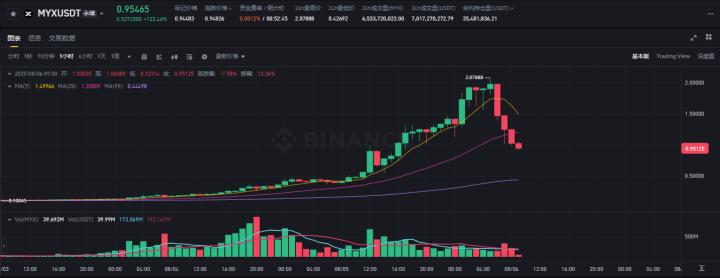Chainfeeds Briefing:
The market's renewed enthusiasm for Ethereum and ETH likely reflects the current focus on stablecoins, asset tokenization, and institutional blockchain applications.
Article Source:
https://www.jinse.cn/blockchain/3718507.html
Article Author:
Grayscale
Perspective:
Grayscale: The market's renewed enthusiasm for Ethereum and ETH very likely reflects the current focus on stablecoins, asset tokenization, and institutional blockchain applications - which are precisely the core advantages that distinguish Ethereum from other competing platforms (Chart 3). For example, when including its Layer 2 network, the Ethereum ecosystem carries over 50% of stablecoin balances and processes approximately 45% of stablecoin transactions in USD terms. The platform also occupies 65% of the total value locked in decentralized finance (DeFi) protocols and nearly 80% of USD Treasury tokenized products. For institutions like Coinbase, Kraken, Robinhood, and Sony venturing into the crypto space, Ethereum has always been their preferred underlying network. Although Ethereum was in the spotlight in July, Bitcoin investment products maintained stable capital inflows. US-listed spot Bitcoin ETPs saw a net inflow of $6 billion that month, with current holdings estimated at 1.3 million BTC. Several listed companies have also expanded their Bitcoin fund management strategies: industry leader Strategy (formerly MicroStrategy) issued $2.5 billion in new preferred stock to acquire more Bitcoin; Bitcoin early pioneer and Blockstream CEO Adam Back announced the establishment of a new Bitcoin fund management company, Bitcoin Standard Treasury Company (stock code: BSTR), which will use Bitcoin held by Back and other early adopters as its capital base while conducting equity financing. BSTR's operational model is highly similar to the SPAC (Special Purpose Acquisition Company) transaction previously designed by Cantor Fitzgerald for Twenty One Capital - which is a Bitcoin fund management company supported by Tether and SoftBank. After experiencing a strong return cycle, valuation always carries the risk of pullback or consolidation. The passage of the GENIUS Act provides a significant catalyst for the crypto asset category (explaining the dual strength of absolute returns and risk-adjusted returns), but legislative momentum may weaken in the short term. While the US Congress is reviewing crypto market structure legislation (with the House version of the CLARITY Act passing bipartisan support on July 17), the Senate is still advancing its own version, and substantial progress is unlikely before September. Nevertheless, we remain optimistic about the asset category's prospects in the coming months. First, regulatory dividends can continue to be released without legislation: a recent White House digital asset report proposed 94 specific development recommendations (60 within regulatory agency jurisdiction, with the remaining 34 requiring congressional or inter-departmental collaboration). Second, regulators can continue to guide incremental funds by improving investment tools through measures such as approving staking functions and expanding the matrix of spot crypto ETPs.
Content Source








